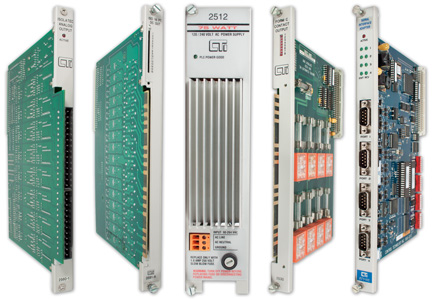Unlock the Secrets to Choosing the Perfect Variable Frequency Drive for Your Needs!
Variable frequency drives (VFDs) are essential components in modern industrial applications, allowing for precise control over motor speed and torque. By adjusting the frequency and voltage supplied to the motor, VFDs enhance energy efficiency and improve process control. This article aims to guide you through the process of selecting the right VFD components tailored to your specific needs. We will explore the fundamental elements of VFDs, key considerations for selection, and how to compare various brands and suppliers effectively. Additionally, we will touch on the balance between price and quality, ensuring you make an informed decision.

Understanding Variable Frequency Drive Components
A VFD consists of several critical components, each playing a vital role in its functionality. The first component is the rectifier, which converts incoming AC (alternating current) power into DC (direct current). This conversion is crucial as it prepares the power for the next stage. Next, the DC bus acts as a storage unit, smoothing out the DC power and providing a stable voltage level to the inverter. The inverter is where the magic happens; it converts the DC power back into AC power at the desired frequency and voltage to control the motor speed. Finally, the control unit is the brain of the VFD, managing the operation by processing input signals and adjusting the output accordingly. These components work in unison, allowing for the efficient control of motor operations.
Key Considerations When Choosing VFD Components
When selecting VFD components, several critical factors must be considered to ensure optimal performance. First and foremost, power ratings are essential; you need to match the VFD's output capacity with your motor's requirements to avoid underperformance or damage. Voltage compatibility cannot be overlooked; ensure the VFD matches the voltage supply of your motor. Additionally, control methods vary, with options such as V/f control for applications requiring basic speed control, or vector control for more precise torque and speed management. You should also think about the operating environment, as some VFDs are designed for harsh conditions while others are more suited for standard settings. All these considerations will influence the efficiency and longevity of your VFD system.
Comparing Brands and Suppliers
The landscape of VFD components is rich with various manufacturers and suppliers, making it essential to compare your options carefully. Start by evaluating the warranty offered; a longer warranty period often indicates a manufacturer’s confidence in their product’s durability. Customer support is another critical factor; responsive and knowledgeable support can make a significant difference during installation and troubleshooting. Additionally, examine the technical specifications of each VFD component, as they can vary significantly between brands. It may also be beneficial to seek feedback from industry peers or online forums to gauge reliability and performance experiences. Remember, the right supplier can enhance your purchasing experience and provide valuable insights.
Evaluating Price vs. Quality
The balance between price and quality is a common dilemma when purchasing VFD components. While it may be tempting to choose lower-priced options, the risks associated with compromised quality can lead to increased operational costs and maintenance issues in the long run. Investing in high-quality components often translates to better energy efficiency, reliability, and a longer lifespan. For instance, a friend in the manufacturing industry once opted for a cheaper VFD for a critical application, only to face repeated failures that incurred substantial downtime costs. This experience underscores the value of prioritizing quality over an attractive price tag. To make the best decision, consider the total cost of ownership, factoring in potential repairs and replacements alongside the initial purchase price.
Selecting VFD Components for Optimal Performance
In conclusion, the selection of the right variable frequency drive components is paramount for achieving optimal performance and efficiency in your applications. By understanding the basic components, considering key factors during selection, and comparing brands and suppliers, you can significantly enhance your decision-making process. Moreover, weighing the balance between price and quality will lead you to a more sustainable investment. Take the time to conduct thorough research and evaluate your specific needs before making any purchases. Your diligence will pay off in the form of improved performance and reduced operational costs in the long run.










Comments